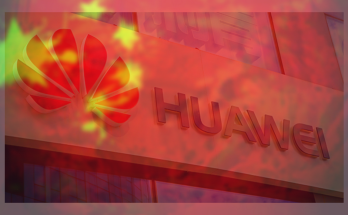Are you ready for a revolutionary change in the online world? The next evolution of the internet is here and it’s called Web3. This new era promises to bring more transparency, privacy and security to the web. Here we explore what Web3 is all about and how it will change our online experience in 2023 and beyond. Get ready to jump into the future with us!
There are many ways to define Web3, but fundamentally it is a decentralised internet, owned by builders and users, based on the blockchain. The global Web3 market will be worth around $3.2 billion in 2021, and is expected to continue to grow over the next decade as adoption of new blockchain-based technologies increases. Some consider this to be the internet of the future. It will continue to be a major topic of public discussion in 2023.
The Web3 industry is evolving rapidly. Given what we’ve seen in 2022, here are four areas to watch in 2023.
Changes in the political landscape
Throughout 2022, there was a lot of discussion about the regulation and policy approaches of the Web3 sector. Looking ahead to 2023, this trend is likely to continue, with more concrete policies taking shape around the world. In the United States, 2022 has been a year of reflection, research and debate about what Web3 policy might look like. In 2023, the results of President Biden’s executive order on digital assets and continued progress on cryptocurrency legislation in Congress are likely to lead to a clearer policy framework. Other countries may follow Japan’s lead and establish a dedicated Web3 policy office to develop more defined policy approaches.
The rise of decentralised social networks
One of the fundamental pillars of Web3 is the concept of decentralisation: the idea that there will be no intermediaries managing things on the Internet, as is the case today with large technology companies. This is likely to mean a rise in the popularity of decentralised social networks in 2023. We are already seeing the first steps of this trend as users join platforms like Mastodon. Although Mastodon is not based on blockchain technology, it claims to be decentralised and operates on a federated model. This could open the door for other blockchain-based platforms such as Lens Protocol or Minds.
Increased tokenisation of assets
Tokenisation can allow almost any asset in the real world to have a digital representation on a blockchain. The increased use of tokenisation has the potential to revolutionise financial markets and most industries. In 2023, the use of tokenisation will continue to grow, especially as larger players such as BlackRock and Goldman Sachs explore its possibilities. This could affect financial markets, but also other sectors with viable assets to digitise, such as real estate and entertainment.
Expansion of widespread use cases
The first three trends suggest that 2023 will be a year in which Web3 becomes more mainstream. As the technology matures, there will be an increasing number of concrete use cases for it, beyond those that are currently exciting early adopters. This will be helped by large companies that have already begun to explore Web3, such as Starbucks , which announced its new NFT-based Starbucks Odyssey rewards programme in 2022. In addition to traditional companies incorporating Web3 into their business, use cases that are Web3 native, such as Helium, will continue to gain traction.




